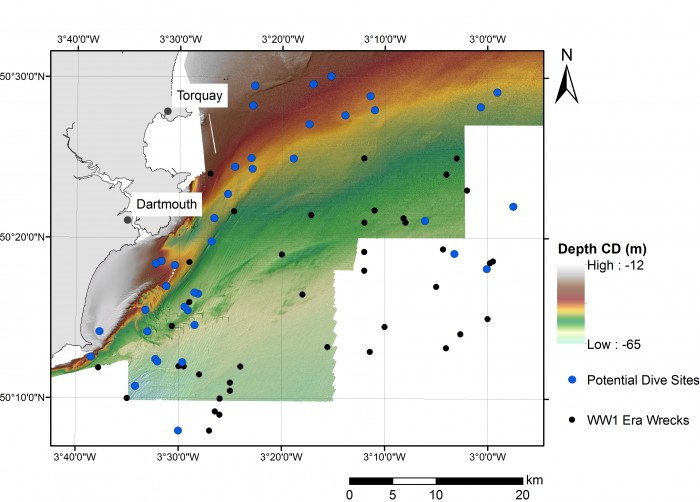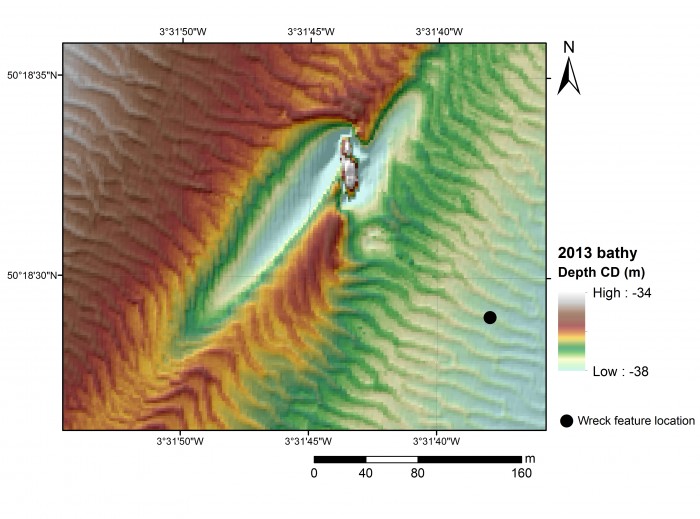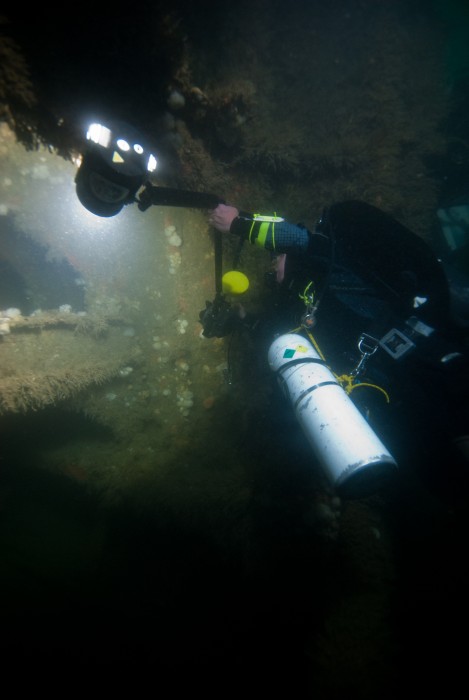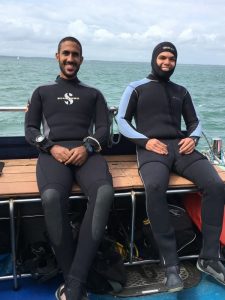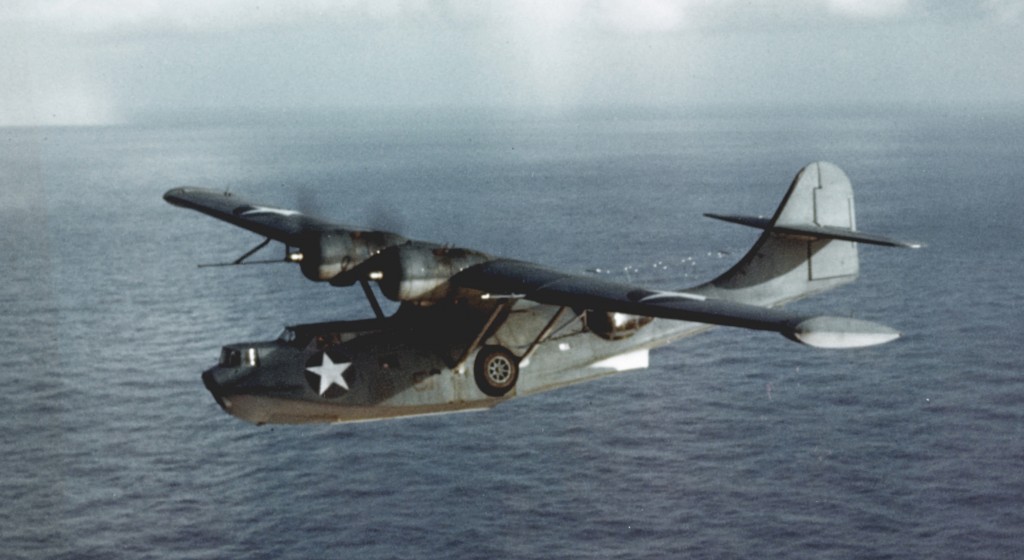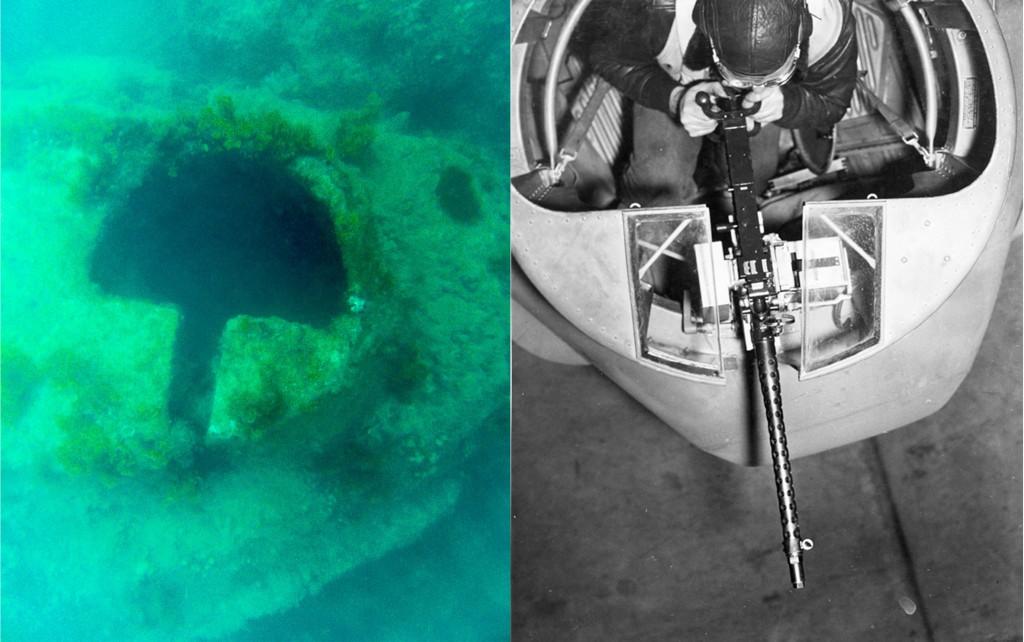The Qatar archaeological research and exploration project built on the work undertaken by the Qatar Museums to locate and record the submerged cultural heritage. The aim of underwater fieldwork was to begin condition surveys of known submerged marine archaeological heritage sites. The results will enhance the maritime Historic Environment Record with the additional benefit of making the underwater heritage resource more accessible to the Qatari population.

Rendered photomosaic of 50m long wreck recorded during the first week of diving
In the long term, areas of the sea bed will be surveyed to locate and identify more of Qatar’s underwater cultural heritage which includes submerged landscapes as well as shipwrecks. The Maritime Archaeology Trust (MAT) is working with the University of York, the Qatar Museums and Qatar University on the Qatar Maritime Archaeology Project (QatarMAP) to carry out these marine archaeological investigations. MAT divers visited Qatar in early May and diving from the dive boat Janan, with the help of divers from the Qatar University, carried out photographic survey over some shipwreck sites to produce 3D photomosaics which were calibrated with measuring scales positioned at different locations.
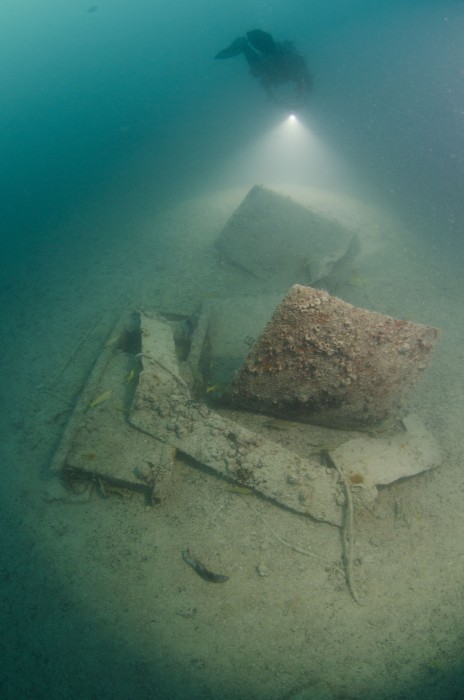
Diver from the Maritime Archaeology Trust conducting a 3D photomosaic survey on debris at the gravel pile
The MAT dive team are now back in Qatar to continue the work. Along with continued processing of data collected during the first week’s visit, testing and checking of geophysical equipment has been taking place until the bad weather abates which is likely to be this evening.

